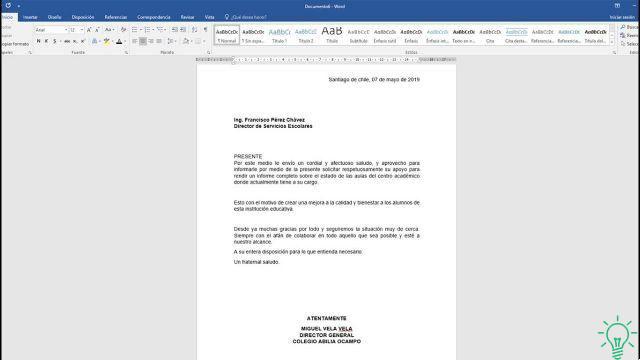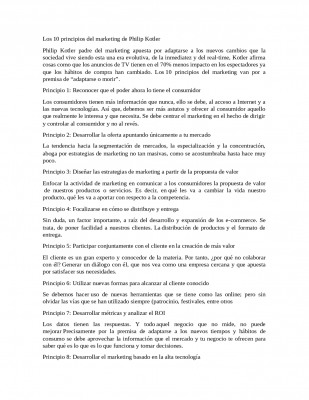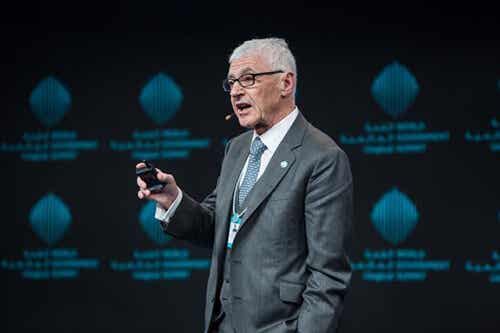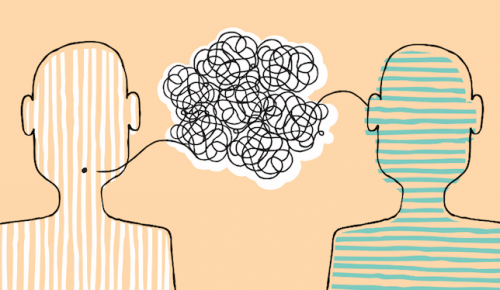
How to start a letter, what type of letter you should write, what letter format you should choose – everyone should be familiar with these basics. Here are the concepts you need to know, along with some helpful examples.
Tip: if you're writing an email, you can use Word's spell checker or a browser plugin (Chrome: Language Tool, Firefox: Spell Checker) to avoid misspellings.
What kind of letter should you write?
There are no strict rules. The letter format you choose depends on your recipient. For amico or a close relative, a message informal and written right away is usually the best way to do it. However, for the business contacts o people you don't know well, a letter formal It is almost always the most appropriate choice.
Before starting a letter
Formal letters begin with the name y L 'Return address. Some companies use special paper, called letterhead, that already includes contact information.
Mario Rossi, Via Galileo Galilei 32, Rome (RO) 00127
Incorporating all of this information ensures that your letter can be used as a reference to contact you after the recipient has opened the envelope.
The next line of a formal letter, or the first line of an informal letter, is the data. If the letter is formal, leave two lines after the address and write the date. If the letter is informal, write it at the top of the paper.
December 4, 2020
January 12 2021
In addition, formal letters require the name y L 'receiver address two blank lines after the date. Incorporating all of this information ensures that your letter can be delivered to the rightful addressee even if the envelope has been thrown away.
Empresa Alfa SpA, Via Tolomei 80, Milán (MI) 20089
how to start a letter
Finally, you're ready to greet the person (or company) you're writing to. Skip one more space from all the addresses you've typed. Informal letters are easy: you can start with "Hi” Or another customary greeting. Formal letters begin with "Gentile"O"Dear” followed by the name of the recipient.
If you don't have a contact at a particular company, search online for a name, title, or department. For example, you could try "Dear Responsible"O"Dear Human Resources Department".
If you are a graduate, use Dr. (abbreviation for doctor) or Dott. (abbreviation for doctor). Note: If you need to see a doctor, the correct abbreviation is Dr
As a last resort, use the generic greeting "To whom It May Concern". A comma follows all greetings.
Dear Dr. Rossi;
Dear Human Resources Manager;
The body of the letter
The content of your letter will vary, so let's focus on a few general guidelines.
Things to do: It remains the same. Business letters must have a clear purpose. Even personal letters don't have to ramble too far. Check and correct: errors can cause misunderstandings.
Thing that must not be done: use an inappropriate tone in formal letters; write down everything you'll regret recording for posterity.
how to finish a letter
Leave a blank space between the closing paragraph and the greetings. One of the most common conclusions is "sincerely“, and it is generally a safe option. If you have a warmer relationship with the recipient, you can sign with "CordiallyThere are dozens of options, so you'll need to do some research to determine which one is best for you. Commas follow all closing salutations. Remember, only the first letter of the sentence is capitalized. Leave a couple of more spaces for the last step: your signature!Write your full name below it legibly.
Best regards, (informal)
Mario Rossi
Sincerely, (formal)
Gianmarco Panisa
What is PS?
PS means Public Scripture. It's something you add at the last minute, after completing the letter. Generally, a Post Scriptum is never added to formal letters; if you need to add something, you will need to revise the entire document to include the new information.
PS Roberto got the job at Alfa Assicurazioni! Thanks for all the support during unemployment.
the bust
You can find envelopes anywhere Stationery o supermarket well furnished. If you have not written more than three pages and you have used light paper, it will be enough for you to buy the seal less expensive
For more information, visit the website of the Spanish Post Office: Sending mail - Spanish Post Office
sending a letter
Once you've determined that the envelope and stamp are okay, the hard part is over. Now you just have to send it.
if it is one personal letter, intended for a person who lives near you, you can always deliver it yourself. If so, simply write the recipient's name on the outside of the envelope. An advantage of hand delivery: You can use any bag of the weight and shape you want!)
En back of envelope (the side where it closes, so to speak) on the other, write your name and address. In front Envelope, in the right corner, you write the recipient's address carefully. Plus the state abbreviation and zip code. International letters must include the country for both the destination and the return address. Double check that everything is correct on the outside of the envelope. If so, fold the letter and carefully insert it inside. Do not stamp it until you are sure you have included all the sheets you want to send.
Then put the seal in "Upper left corner envelope (above the recipient's name).
Conclusions
Isn't it nice to send a letter that you know you have carefully prepared? A well-written letter certainly has a good chance of achieving its purpose.
For tips on the job, check out our dedicated section:
work and marketingThey may be interested in:
- The best Instagram downloader: what is it? Find out in this guide
- What to write to a girl: 50 examples.
- How to feel good about yourself: the definitive guide
- The meaning of colors in psychology: complete guide
- DMX: net worth, history, phrases
- Bill Gates: heritage, life, phrases and advice
























